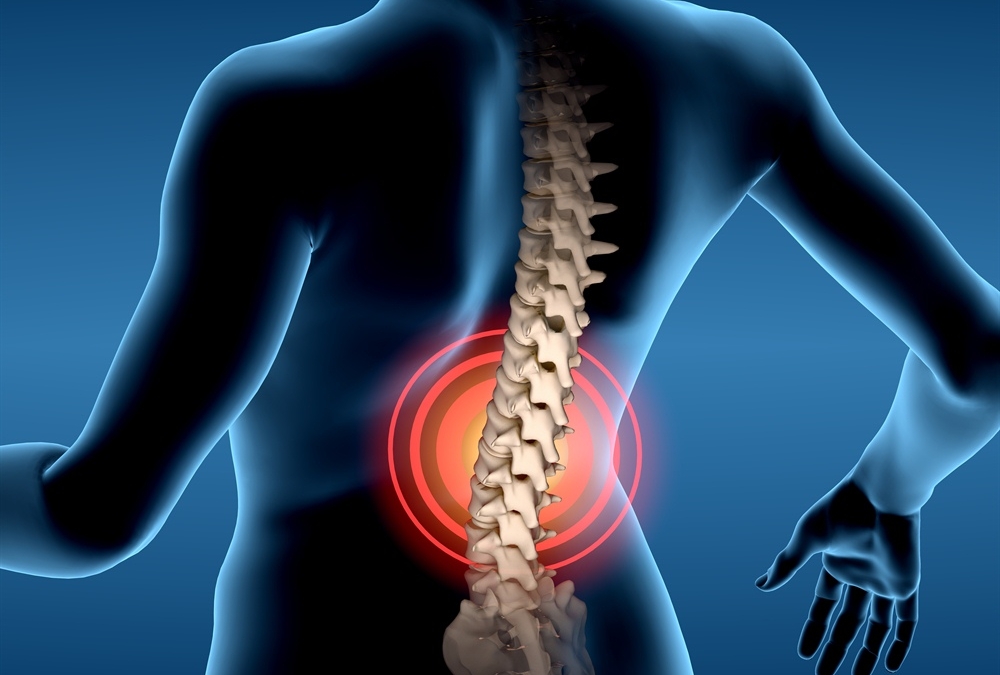Welcome to GIOSTAR Chicago’s blog where we delve into many aspects of physiology and regenerative medicine. We understand the concerns and questions you may have regarding signs of nerve damage from an epidural, and we’re here to provide insights and potential solutions.
Understanding Nerve Damage from Epidural:
Epidural anesthesia is a common method used to manage pain during childbirth or surgical procedures. While generally safe, there are rare instances where nerve damage may occur as a complication. Nerve damage can manifest in various ways, and it’s essential to recognize the signs and symptoms.
Signs of Nerve Damage:
- Pain: Persistent pain in the lower back, legs, or hips, which may be sharp or shooting.
- Weakness: Difficulty moving or controlling muscles in the lower body.
- Numbness or Tingling: Loss of sensation or abnormal sensations such as tingling or burning.
- Bowel or Bladder Dysfunction: Difficulty with bowel or bladder control.
- Changes in Sensation: Altered sensation, such as hypersensitivity or loss of feeling in the affected area.
Here Are a Few Potential Causes to Explore
Incorrect Placement: One of the most common causes of nerve damage during an epidural is the incorrect placement of the needle or catheter. If the needle penetrates too deeply or is inserted at the wrong angle, it can damage nearby nerves, leading to complications.
Trauma to Nerve Tissue: During the insertion of the epidural needle or catheter, trauma to nerve tissue can occur. This can result from excessive force or manipulation, causing stretching, compression, or even laceration of nerves.
Hematoma Formation: Occasionally, the epidural needle can puncture a blood vessel, leading to the formation of a hematoma (blood clot) around the nerves. The pressure exerted by the hematoma can compress nearby nerves, resulting in damage and subsequent symptoms.
Infection: In rare cases, epidural procedures can lead to infections such as epidural abscess or meningitis. These infections can cause inflammation and damage to the nerves within the epidural space, leading to nerve dysfunction.
Chemical Irritation: The medications injected into the epidural space, such as local anesthetics or steroids, can sometimes cause chemical irritation to the nerves. This can result in temporary or permanent nerve damage, depending on the severity and duration of exposure.

Potential Issues During the Epidural Procedure:
Poor Technique: If the healthcare provider performing the epidural procedure lacks experience or skill, it increases the risk of complications such as nerve damage. Proper technique, including careful placement of the needle and catheter under imaging guidance, is essential to minimize this risk.
Failure to Identify Anatomic Variations: Anatomical variations in the spine, such as spinal stenosis or scoliosis, can make epidural placement more challenging. Failure to identify these variations or adapt the technique accordingly can increase the likelihood of nerve damage.
Inadequate Monitoring: Continuous monitoring of the patient during and after the epidural procedure is crucial for early detection of complications. Inadequate monitoring can delay the identification and treatment of nerve damage, leading to worsened outcomes.
Patient Factors: Certain patient factors, such as obesity, advanced age, or pre-existing nerve conditions, may increase the susceptibility to nerve damage during epidural procedures. Healthcare providers should carefully assess these factors and adjust the procedure accordingly to mitigate risks.
Sign Up And Enjoy the Free Ebook, 'Start Alleviating Your Neuropathy Today by Learning This!'

When patients visit our clinic, our doctors recommend they do all of these things to alleviate their symptoms. Right now, you can download the ebook for free to learn more about how to start changing your habits and improve your condition. It costs nothing, and you’ll get it delivered to your inbox immediately.
Combatting Nerve Damage: What You Can Do About It
Early detection and prompt treatment are crucial in managing nerve damage from epidural procedures. If you experience any of the aforementioned signs, consult with your healthcare provider immediately. Treatment options may include physical therapy, medications, stem cell therapy, and in severe cases, surgery.
Stem Cell Therapy for Nerve Damage:
Stem cell therapy holds promise in promoting nerve regeneration and managing symptoms associated with nerve damage. Mesenchymal stem cells, derived from various sources such as bone marrow or adipose tissue, have shown potential in repairing damaged nerves and reducing inflammation.
How Stem Cell Therapy Works For Nerve Damage:
1. Regeneration
Stem cells can differentiate into various cell types, including nerve cells, aiding in the regeneration of damaged tissues.
2. Anti-inflammatory Effects
Stem cells release anti-inflammatory factors that can reduce inflammation around damaged nerves, alleviating pain and discomfort.
3. Immunomodulation
Stem cells modulate the immune response, preventing further damage to nerves and promoting a conducive environment for healing.
Why Choose Stem Cell Therapy Over Traditional Medicine?
Non-Invasive
Stem cell therapy is minimally invasive compared to traditional surgical interventions.
Personalized Treatment
Each treatment plan is tailored to the individual's specific condition and needs.
Potential for Long-Term Improvement
Stem cells have the potential to provide long-lasting relief and improve overall quality of life.
How Stem Cells Helped Our Patient, Jim, Combat Nerve Damage
Consultation and Treatment at GIOSTAR Chicago:
At GIOSTAR Chicago, our team of experts specializes in stem cell therapy for various conditions, including nerve damage. We offer comprehensive consultations to assess your condition and develop a personalized treatment plan to address your specific needs.
Understanding the signs of nerve damage from epidural procedures is essential for early detection and prompt intervention. While traditional treatment options exist, stem cell therapy offers a promising alternative for promoting nerve regeneration and managing symptoms effectively. Contact GIOSTAR Chicago today to learn more about our innovative treatments and how we can help you on your journey to recovery.
About GIOSTAR Chicago:
GIOSTAR Chicago is dedicated to developing the most advanced stem cell-based technologies and providing the best regenerative medicine for people who want to enjoy a healthy and active lifestyle.


